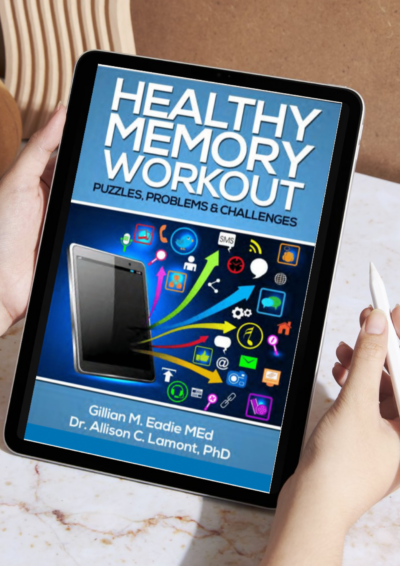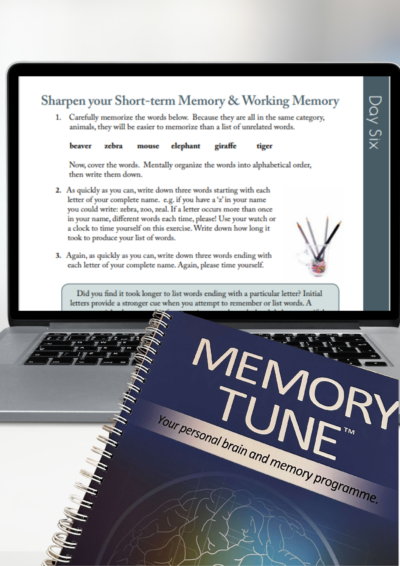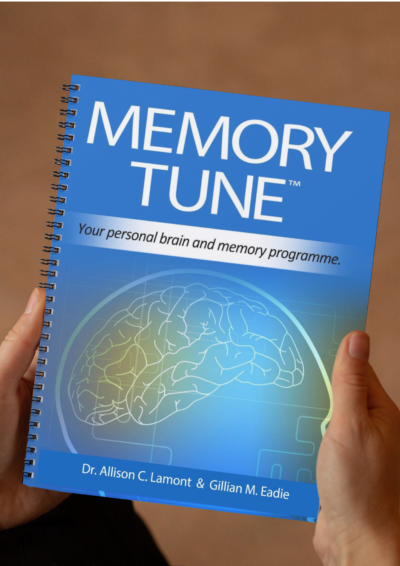Healthy aging entails multiple aspects, among them eating right, exercising regularly and preventing mental decline.
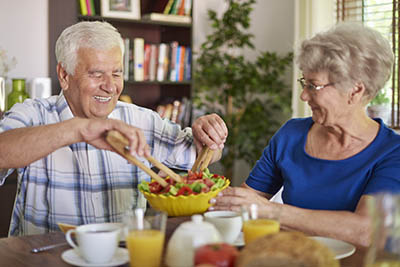 Achieving some of these may be easier than others. No matter how well we do our part, nature has a say in all of them, too.
Achieving some of these may be easier than others. No matter how well we do our part, nature has a say in all of them, too.
While the outward signs of aging are usually quite apparent, the inner transformations our bodies go through as we grow older — slowing metabolism, diminishing muscle mass, thinning organ tissue, decreasing bone density — are less evident. Yet these changes are very real. Thankfully, their impact on our overall health and wellbeing can be mitigated with appropriate adjustments in diet and lifestyle.
Meeting altering health needs is not always easy for older adults. For example, due to reduced metabolic rates and sedentary behavior, most seniors use up significantly fewer calories than they did in their midlife. At the same time, the malnutrition risk grows because of a lessening ability to absorb important nutrients, dehydration, lack of appetite, loss of taste, difficulty with chewing and so forth.
Energy requirements decrease with every decade, explains Dr. Connie Bales, a professor of medicine at Duke University Medical Center and associate director of the Geriatric Research, Education and Clinical Center at Durham, VA Medical Center. But while eating less overall, the challenge is to eat more nutrient-rich foods, she says.
The fact is that, as we grow older, our body requires the same amount of protein, vitamins and minerals as it always has, if not more, says Bales. For instance, after the age of 50, the ability to absorb essential nutrients like vitamins B12 or D gradually diminishes due to reduced acidity in the stomach, which helps break these vitamins down. The solution is to eat foods that are especially rich in these components.
And it’s not just the digestive system that weakens. Aging skin is less able to convert vitamin D from sunlight, which also affects the absorption of calcium, a necessary nutrient to prevent bone loss. For these reasons and others, older adults are well advised to take daily multivitamin and mineral supplements.
The danger of dehydration is another problem that gets worse with age. Regulatory processes are just not as sharp as they used to be in younger years, says Bales, so an older person may not feel thirsty even though he or she may be borderline dehydrated. The solution is to make drinking about six 8-ounce glasses of water every day, regardless of thirst sensation, a habit.
One of the greatest risks of malnutrition among the elderly stems from lack of access to healthy food. It may be too hard to get to a grocery store, especially when driving is no longer possible. It may be that cooking facilities are missing or too cumbersome to operate. It may be loss of appetite, forgetfulness or lack of motivation due to loneliness or depression. But skipping meals for whatever reason has negative health implications and can backfire in terms of serious nutritional damages.
The best solution would be to enjoy the company of family and friends while preparing and eating meals. That way, loved ones can also keep an eye on an older person’s eating regimen. Services like Meals on Wheels can be useful to fill in some of the gaps. Regrettably, for too many people, aging goes hand in hand with progressive social separation and isolation, which can have far-reaching negative consequences on multiple levels. It doesn’t have to be this way.
———————————————————————————–
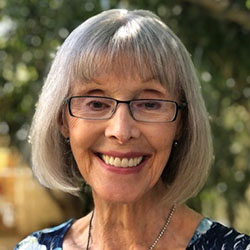 Timi Gustafson, RD, LDN, FAND is a Registered Dietitian, health counselor, book author, syndicated newspaper columnist and blogger. Timi completed her Clinical Dietetic Internship at the University of California Medical Center, San Francisco. She is a Fellow of the Academy of Nutrition and Dietetics, an active member of the Washington State Dietetic Association, and a member of the Healthy Aging, and Wellness Nutrition practice groups. USA.
Timi Gustafson, RD, LDN, FAND is a Registered Dietitian, health counselor, book author, syndicated newspaper columnist and blogger. Timi completed her Clinical Dietetic Internship at the University of California Medical Center, San Francisco. She is a Fellow of the Academy of Nutrition and Dietetics, an active member of the Washington State Dietetic Association, and a member of the Healthy Aging, and Wellness Nutrition practice groups. USA.
Reprinted with the author’s permission.

